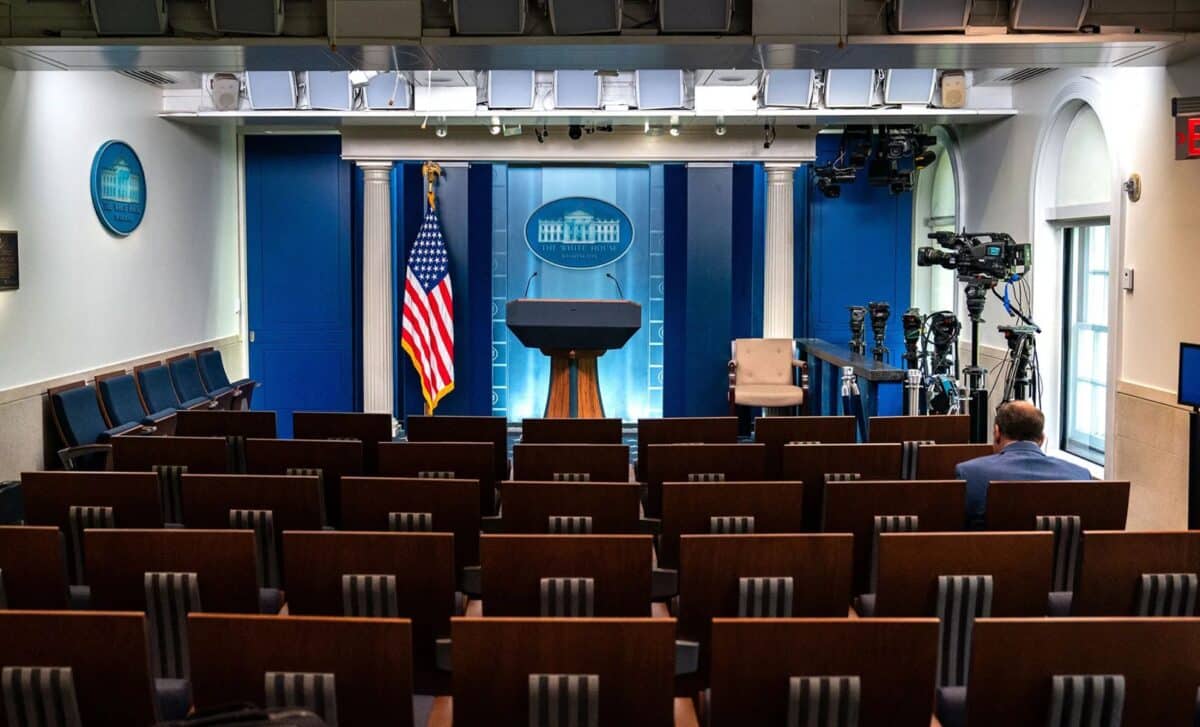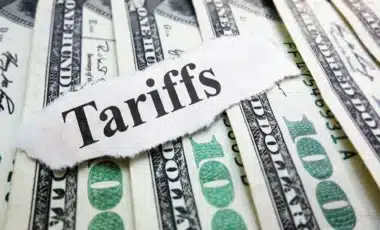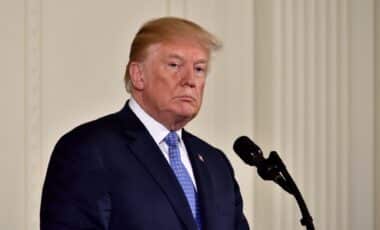The Trump administration is weighing a proposal to reassign seating in the White House press briefing room, a move that would shift control from the White House Correspondents’ Association to the executive branch. The initiative has provoked renewed tensions between the administration and the national press corps.
This latest conflict centers on the symbolic and practical role of press room seating, which traditionally reflects a news outlet’s stature and determines the likelihood of being called upon during briefings. The proposed change has prompted strong criticism from media bodies concerned about the erosion of independent journalism.
Proposed Seating Change Seen as Challenge to Longstanding Media Norms
The White House Correspondents’ Association (WHCA), which has historically managed seating arrangements for reporters in the James S. Brady Press Briefing Room, was informed of the administration’s intention to assume control of the chart, according to a note circulated by the WHCA board.
The association, which represents nearly 900 journalists, described the move as a bid to “exert pressure on journalists over coverage they disagree with”.
Press briefings take place in a small room built over a former swimming pool, where seat location can determine which journalists have their questions addressed.
Front-row positions are typically reserved for national news organizations such as The New York Times, Reuters and CNN. These positions have long been allocated based on criteria set by the WHCA, prioritizing reach, impartiality and professional journalism standards.
According to Axios, which first reported on the plans, the Trump administration aims to reassign seats in order to accommodate new media outlets, including podcasters, streaming platforms and conservative talk shows.
White House Press Secretary Karoline Leavitt stated the aim is to address what she described as unfair dominance by “D.C.-based elitist journalists” and to reflect changes in the media landscape.
Tensions Deepen as Political Motives Questioned by Journalists
The administration’s initiative is viewed by some as part of a broader pattern of selective press access. Reporters from traditional outlets such as the Associated Press have in some instances been excluded from events, while others from partisan or emerging media groups have been favored.
WHCA officials argue that such actions undermine the public’s ability to receive accurate and balanced information from the country’s most powerful office.
Steven Cheung, the White House communications director, publicly dismissed criticism from the WHCA, referring to the association’s leadership in derogatory terms. Ms Leavitt also described the association’s response as “fundamentally unserious”, further fuelling the divide between the administration and mainstream press outlets.
In a parallel development, the administration is reportedly planning an alternative event to coincide with the WHCA annual dinner, which has traditionally served as a rare moment of unity between the presidency and the media. The proposed rival gathering would highlight alternative voices and invite attendance from journalists outside the traditional press pool.









